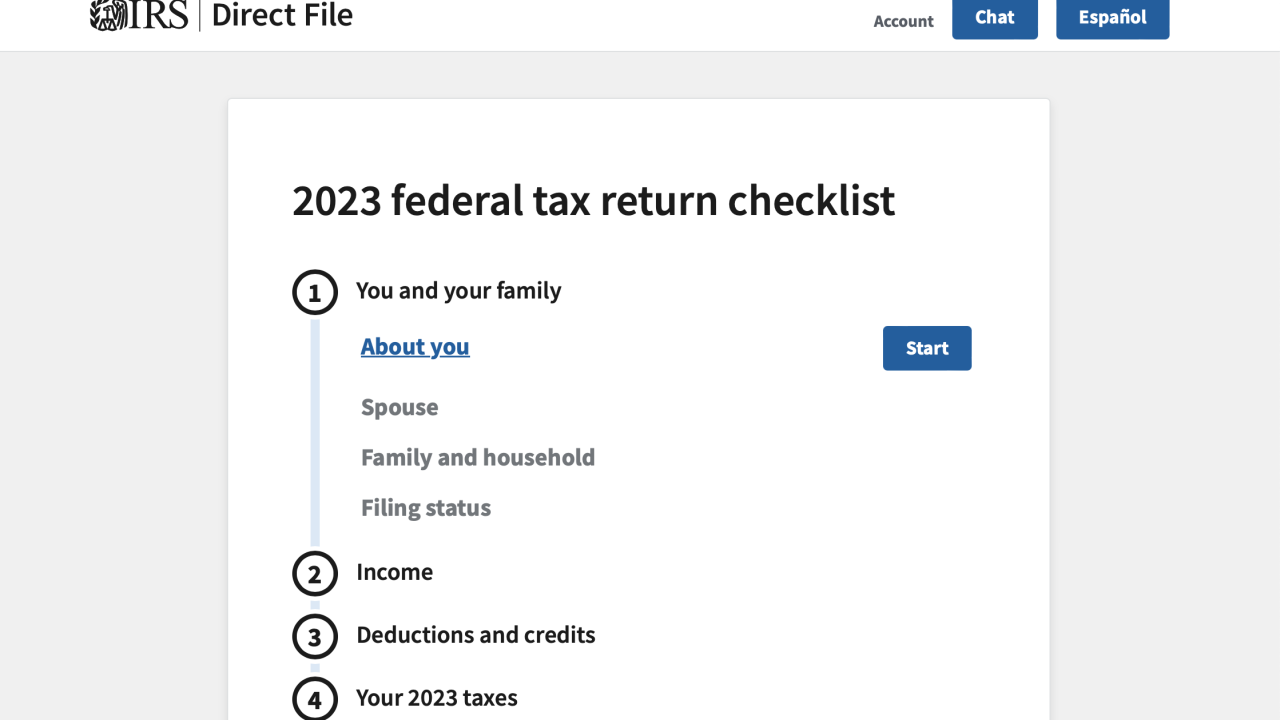At some point in a business's lifetime, it may make sense to change its legal business structure. Recently during a webinar, a business owner asked me whether an LLC or corporation registered to conduct business in a state outside of its home state (a.k.a., a foreign-qualified entity) may change to a different entity type. If you have clients with companies that operate in multiple states, they may be wondering the same thing.
For a foreign-qualified company, converting to a different entity demands more time and effort than it does for a business operating only in its home state. The entity must change its business structure not only in its home state but also in any state where it has foreign-qualified.
In this article, we'll explore why a business may want to change its entity from an LLC to a corporation (or vice versa) and the general steps for converting a multi-state entity. Keep in mind that changing an entity type has legal and tax implications. Therefore, business owners are wise to seek
Why convert from one entity type to another?
For what reasons might a client want to change the legal structure of their company? Several considerations may influence their decision:
- Personal liability protection;
- Tax rates and allowable deductions (when weighing whether a pass-through or corporate entity is more beneficial);
- Adding new or removing owners;
- Management flexibility; and,
- Attracting investors or obtaining funding for growth and expansion.
Ways to convert a business entity in multiple states
When changing a company's legal structure, business owners must start by making the change in their entity's home (domiciled) state via one of the following methods:
- Statutory conversion;
- Dissolving the original entity and forming a new one; or,
- Statutory merger.
Statutory conversion
The simplest, cleanest method of converting from one business entity type to another is a statutory conversion (if the state allows it).
The steps and documents involved vary from state to state. They also differ depending on the business's current legal structure and the one it will convert to.
A typical statutory conversion process will look something like this:
- Check the business's home state's statutes to confirm it allows statutory conversions. If yes…
- Write a plan of conversion to document the terms and conditions of the entity change.
- Get approvals from the entity's owners and governing body (e.g., LLC members, corporate shareholders, the board of directors).
- Complete the formation document for the post-conversion entity (e.g., articles of incorporation if converting to a corporation or articles of organization if converting to an LLC) in the business's home state.
- Complete a certificate of conversion for the post-conversion entity.
- Submit the formation document and certificate of conversion (and pay any required filing fees) to the business's home state.
- Update the business's records in each state where it's foreign-qualified, per that state's requirements (e.g., filing an amendment or certificate of change, or by withdrawing the original business entity's foreign qualification and filing for foreign qualification of the post-conversion entity).
Dissolve the business entity and form another
Unfortunately, not all states allow for statutory conversions. In that situation, businesses may need to dissolve their original entity and form a new one in their home state.
Again, each state has its own rules and procedures. Generally, the following steps apply:
- File articles of dissolution in the entity's home state and complete any other required tasks to wrap up the entity.
- Withdraw or cancel the entity in the states where it is foreign-qualified. (The paperwork might be called a certificate of withdrawal, application for termination or something else.)
- File formation paperwork for the new entity in the home state and complete any other required registration tasks (such as obtaining an EIN for the new entity).
- File for foreign qualification (according to each state's requirements) in the states where the business wishes to conduct business as a foreign entity.
Statutory merger
Some states allow business entities to navigate an entity change via a statutory merger (also called an inter-entity merger). This involves creating a new entity and merging the existing entity into it, at which time the old entity ceases to exist. The steps are similar to the dissolve/form new method, except no dissolution paperwork is required, and all ownership interests, assets, and liabilities transfer to the new entity.
Other considerations to keep in mind
The legal and tax-related effects of switching business entities can significantly impact a company.
Beyond the conversion and formation documents that business owners must complete, some of the ongoing business compliance obligations may change. For instance, when converting from an LLC to a C corporation, the company must draft bylaws, elect a board of directors, and hold board and shareholder meetings.





